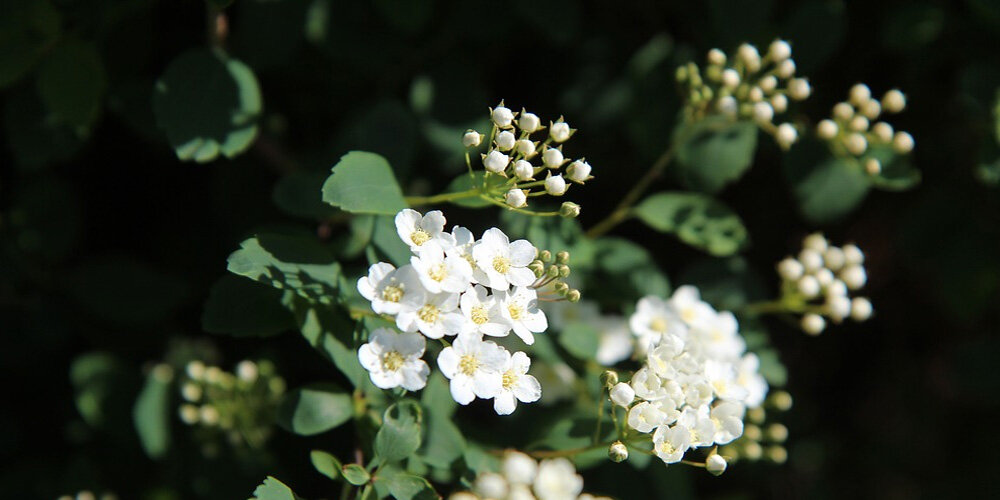Fritillaria meleagris - Snake's-head fritillary
The Snake’s-head fritillary is Classified as Vulnerable on the Vascular Plant Red Data List for Great Britain and is actually quite a rare sight in the wild. It’s happiest on riverbanks or in wet meadows.
Lythrum salicaria - Purple-loosestrife
The purple-loosestrife is found in reed beds and along river banks. It’s large purple flower stems are a valuable food source for long tongued insect, including lots of species of butterfly.
Filipendula ulmaria - Meadowsweet
The Meadowsweet is actually a member of the rose family. It’s at home in wet ditches and river banks. In the summer it bursts with white flowers and the sweet smell has temped these plants in to peoples gardens. The flowers are edible and are sometimes used in beer and wine recipes
Rudbeckia fulgida - Goldsturm
This hardy yellow flower burst with colour during the late summer months. It likes moist ground and can withstand summer storm and still keep it petals.
Lysimachia nummularia - Creeping Jenny
This little creeper can be found in wet grassland and on the banks of wetland. It’s very versatile and is a popular plant in English gardens. It prefers shade to direct sun light.
Caltha palustris - Marsh-marigold or King Cup
The marsh-marigold is a perfect bog plant for wildlife, it provides cover for frog and nectar for pollinators, especially bees that prefer single head flowers.
Iris pseudacorus -Yellow Iris
This beautiful wildflower is normally found along the banks of rivers, marshland and waterways mixed in with the other water-loving plants. It’s also perfect for pollinators.
Why are the plants dying in my garden?
Everyone knows that they need to fertilize there plants but not everyone know why or what that fertilizer is doing. Here’s GardenWilds trouble shooting guild to the effect different mineral have on you plants. Check it out before it’s too late!
How to make a wildflower meadow
Top tips on grow your own wildflower meadow. It’s harder than you think but the benefit are unbelievable!
Hazel Dormouse
They are also tiny! Dormice grow to between 6cm - 9cm! He could easily lay in the palm of your hand with room to spare.
5 reasons you’re not attracting birds to your garden bird feeding station this winter
There has been a countrywide decline in the numbers of many birds including many well known and loved species.
Even though the main brunt of damage is being done in agricultural areas, there are a lot of mistakes that are being made in the garden. As the habitats are being reduced in the countryside, it’s getting more important to welcome birds into your garden.
Christmas Garden Rescue
This the story of the bird rescue that happened in our house this Christmas. As my son, Arthur, is bird mad, when we found this little guy stunned and immobile in the garden, he was the first to want to rescue him.











